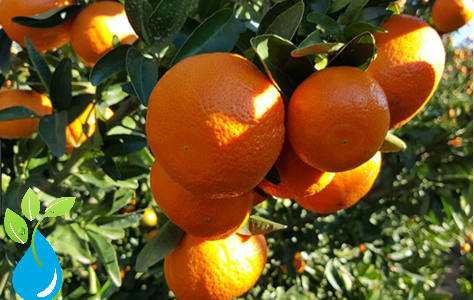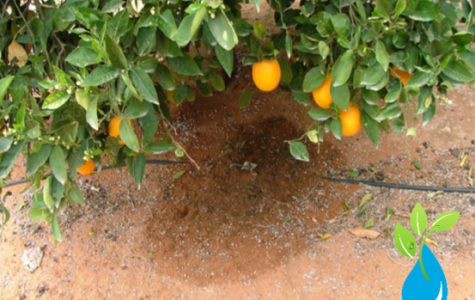Citrus fruits belong to rutaceus, they started 20 millions of years ago in the Asiatic South East. They grow in subtropical and tropical climates. The world production is estimated in approximately 100 millions of tons (FAO 2007). The main producers are China, the United States and New Zealand.
The growing of citrus fruits depends on the minimal temperature. In general they do not need cold hour to the flowering and they do not tolerate freeze, suffering so much flowers, fruits and vegetation, which can completely disappear. They need warm temperatures in summer to the correct maturing of the fruits.
They need humid environment so much in the soil as in the atmosphere and the need a lot of light to the flowering and fruit processes.
In citrus fruits, the harmful effects of salts are fight with:
The citrus fruit cultivated in clayey soils are normally planted in ridges. Depending on the variety and the technology, the plantation spacing can vary from 5×8 until 4×5 when the pruning is frequent.
Citrus fruits have high hydric requirements. The commonest practice is drip irrigation. To obtain an adequate development and productive level with drip irrigation it is necessary to have a minimum root volume or wet area, estimated in a 33% of the plantation spacing.
Sub-surface drip irrigation is an alternative, which aim is to optimize irrigation and improve the efficiency of nitrogen fertilizing. With this irrigation system there is a reduction of evapotranspiration of the crop as consequence of the decrease of water waste by evaporation and a higher volume of wet surface.
During the growing stage it is important to increase the irrigation area of the tree. In the maturing stage the emitter must cover the bigger area as possible under the foliage. It is normally used two irrigation laterals.

